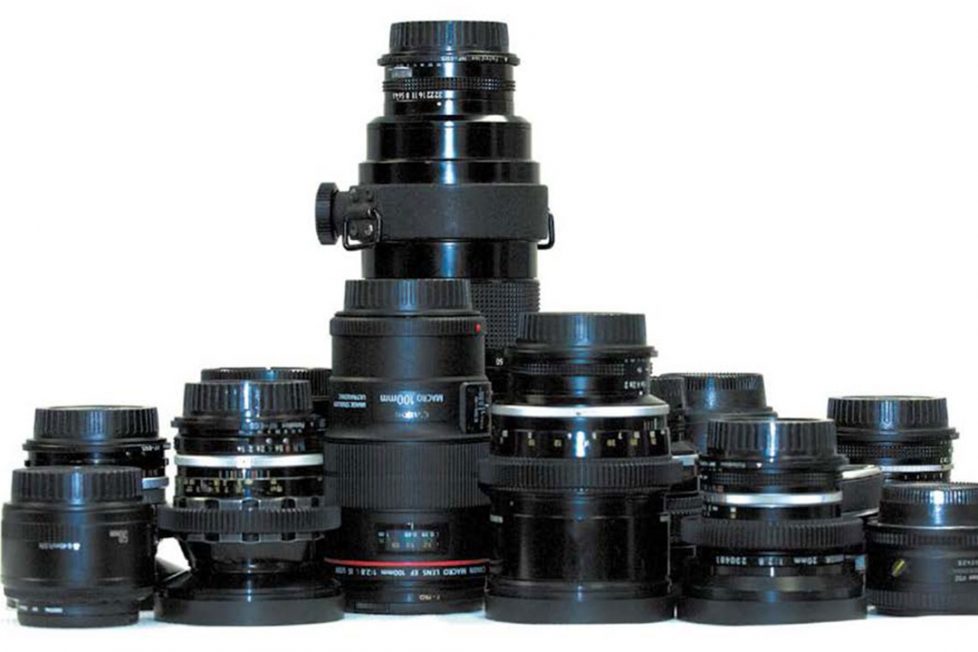How Exactly To Buy Used Lenses?

With new lens getting ultimately more expensive on a regular basis, many photography enthusiasts choose to buy used lens and cut costs. While certain lens can only just be bought new (at least for some time), like the just-released Tamron 24-70mm f/2.8, used zoom lens market is frequently an essential requirement to consider whenever choosing a system. In this specific article I will make an effort to clarify the great things about to buy used lens, as well as offer you some tips how to buy used lens on-location knowing you’ll receive a high-quality device you’ll be happy with for a long time to come.

The evident reason is to save lots of cost, of course. Used lens (in fully useful condition) can be bought for around thirty percent cheaper than completely new ones, or even more than that. This especially is practical if you opt to change systems – you could buy used lens for around you sold those of prior brand, switching painless. Naturally, newer lens will be somewhat more expensive, but nonetheless cheaper than what you’d get if you purchased retail. Regardless, this is right down to each person’s view if he’s comfortable to buy used lens.
The normal question, however, is whether used lens can be purchased confidently. In a nutshell, no, if you don’t have an opportunity to thoroughly test drive it yourself prior to making the purchase. There are many ways to be sure you are not buying a dud, also to protect yourself from a significant financial destruction. I’ll enable you to in on the magic formula – I’ve purchased at least half my products used, including my 50mm f/1.4G zoom lens I take advantage of more than every other, ever.
It doesn’t suggest you need to get to know the individual you’re buying from, do not get me incorrect – no schedules are essential, you can omit to quite part once you want. However the place where you look for used lens on sale things. eBay involves brain first, of course, and then which section in Fred Miranda community forums focused on buying/selling items. Both these places have reliable rank and responses systems, so you know when a person you are going to buy used lens from will probably be worth your trust regarding to others who have previously bought from him. This exclusively is enough to learn if owner will probably lie about the health of a given used lens or not.
Be sure you learn how to contact the individual to buy used lens from, as well as his name. Having a choice to come back the used lens is very helpful, so check if there are a good return insurance policy.
A laptop can help you look for any problems and flaws of used lens when you capture photo, such as AF inaccuracies or centering problems.
Check The used lens For Fungus, Scuff marks and Dirt: easiest way to achieve that is to stand out some light through the used lens (with a straightforward lightbulb if there’s one near by, or a torch, possibly) – any defects should then be evidently visible. Small scrapes and dust features are little or nothing to worry about – they happen and hardly ever have almost any noticeable influence on image quality. Still, make certain to check on both entrance and back elements for such flaws, and, if found, don’t buy used lens.
Fungus is more threatening – once there, it’s more challenging to completely clean and it can damage to use lens coatings, so avoid to buy used lens with fungi inside.
Make certain the used lens is Well Focused: a terribly centered used lens will perform better at one part than the other. This is really where it’s wise to take brick wall surfaces or an extended piece of textile, where there’s lots of detail. After you have photographed it, directly check the image – it ought to be as sharpened on the still left side off the guts, as it is distinct on the right area. If you discover that the used lens is merely ordinary soft although it must not be (matching to examples and reviews you’ve seen, for example), it could also indicate a significant centering defect. These can only just be set by a certified, professional service, rather than always, at that. Centering problems are better to identify with the image used wide-open or near wide-open.
While autofocus procedure speed can vary depending on zoom lens/camera used, it will always be easy. If you are going to buy used lens, it probably means you’ve find out about it some and really know what to expect, pretty much. Make certain AF operates through the range within an expected tempo – although it can be faster than you hoped, it must not be much slower (the mentioned previously 50mm f/1.4G zoom lens can provide as a good comparability of a slow-focusing zoom lens). Pro-grade focus lenses, especially people that have AF-S motors, are lightning fast – 16-35mm, 14-24mm, 24-70mm, 70-200mm category etc. Most Canon lens is also extremely fast, and which includes a lot of their prime lens (unlike Nikon) apart from unique 85mm f/1.2 zoom lens (both types).
Make certain it’s correct (within AF Fine Melody level) and locks on a topic well in both Solo and Continuous concentration settings. Check both minimal concentration distance as well as infinity emphasis.
